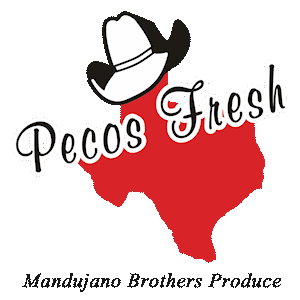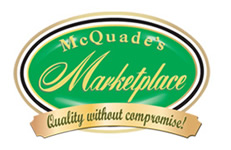It was always interesting, when trying to explain how our business works to someone, that they were shocked at the way agreements between buyer and seller are reached.
“What do you mean there are no written contracts or signed documents?”
And the response, of course, is that our business is based on trust and the verbal agreement between buyer and seller is generally honored. The seller describes such things as the size, grade, color, appearance and taste of the product and the buyer agrees that if those specified conditions are met, you will be paid immediately at the verbally negotiated price.
While written contracts are certainly becoming more popular — notably in segments like foodservice or club stores — millions of dollars of transactions still occur every day based solely on a “handshake.”
And the most surprising part, to those skeptics who don’t get it, is that it works! Of course we all get to certain levels of trust with our various trading partners. Many we believe to be honest and trustworthy and will do exactly as they promise. Then there are others who, based on our experiences with them, are dealt with cautiously and with a higher degree of risk.
But no matter how perfect, there is always an underlying issue of trust and suspicion on both sides of the equation. And for one very good reason: both sides are working on very thin margins and need to protect their assets.
We tend to be honest and forthright in our dealings, but there are certain occasions when both sides take slight liberties with the truth. Probably because no one wants to risk long-term relationships, so we attempt to be polite but not always totally accurate. For example:
On the sales side — what is said: “This is a special price we are only offering to our best customers” may mean “We are really long and are calling everyone on our customer list trying to generate some movement.” Or, “I apologize for the poor quality you received, our shipping department loaded the wrong lot” may mean, “It is the wrong lot but it is the one I told them to load.”
On the buy side — what is said: “We can’t take that last load, sales have been really slow,” may mean “We bought a load from your competitor at a cheaper price.” Or, “I’m hearing less” may mean “I don’t have any business, so I’ll throw this out just to see what the reaction is.” Special note — no buyer ever said “I’m hearing more.”
At the terminal market — what is said to the shipper: “The market is flooded and movement is terrible. We are stuck with imports (or locally grown) and can only take your product on consignment.”
What is said to the terminal market buyer a few minutes later: “Business is very good, supplies are dwindling and the market is advancing. I can save you some if you let me know what your needs are as soon as possible.”
I’m sure each of you has your own examples that you can add to this list, I would like to hear some of your favorites. Our system isn’t perfect and there are built-in protections for both sides, but generally speaking we have to trust what the other side is saying because ultimately neither side can succeed without the other.
Mike Aiton recently retired after a career of nearly 40 years as both a retail produce director and as a vice president on the grower/shipper side. E-mail him at [email protected].














